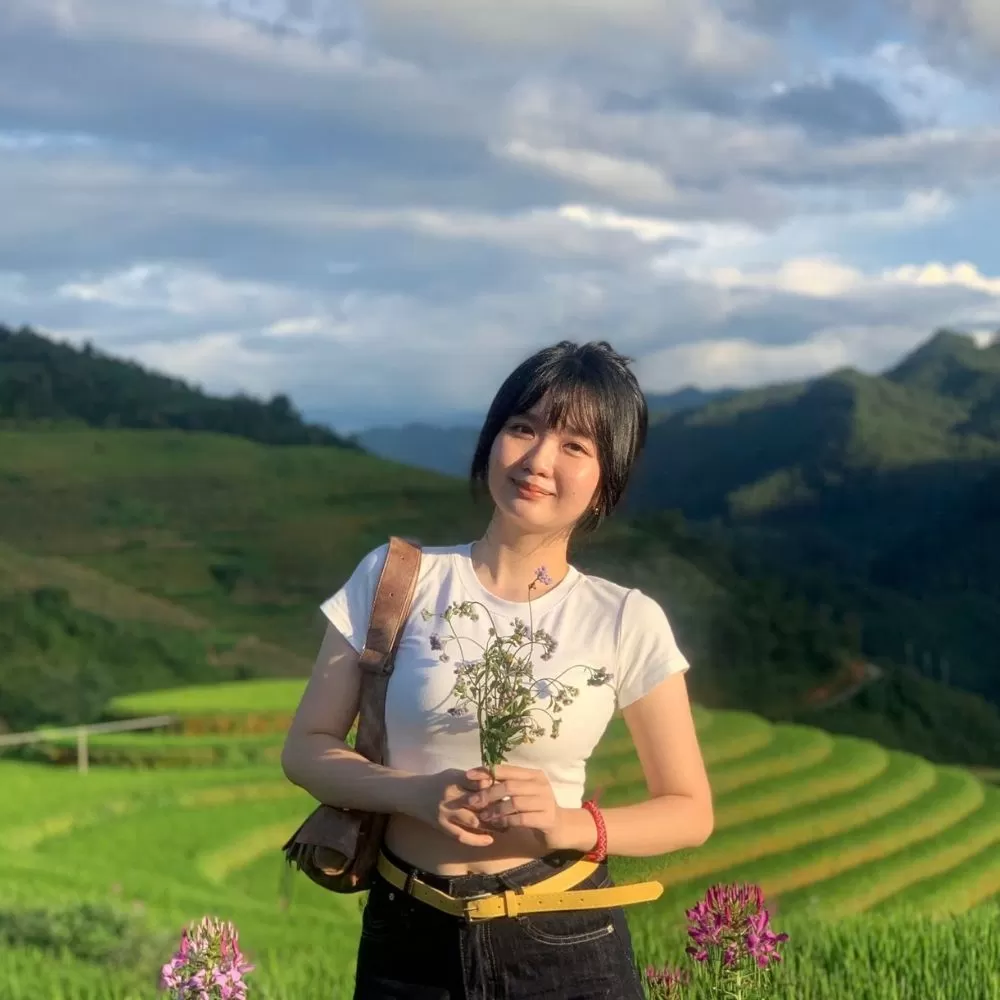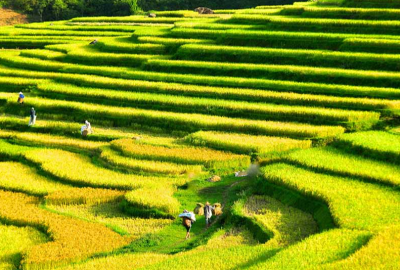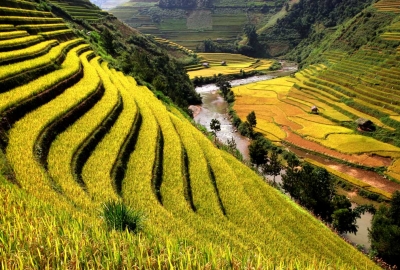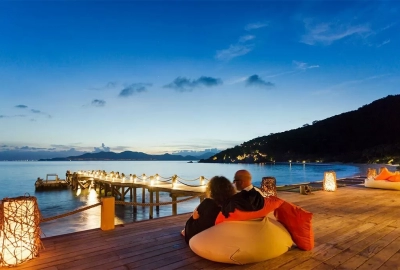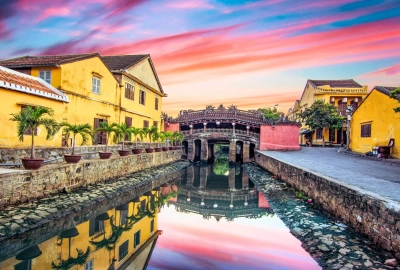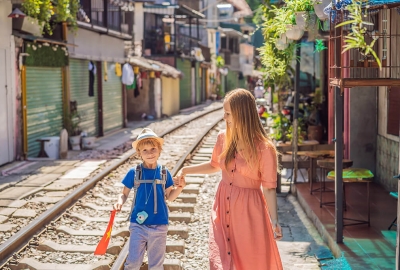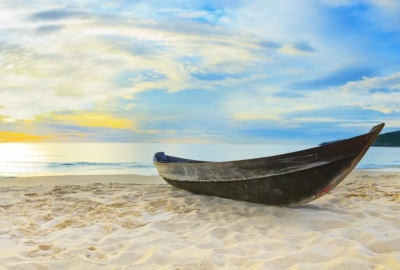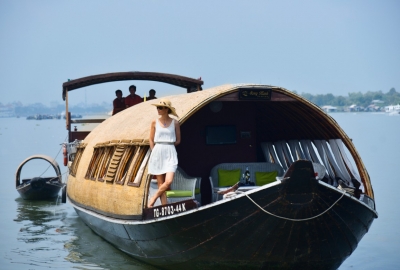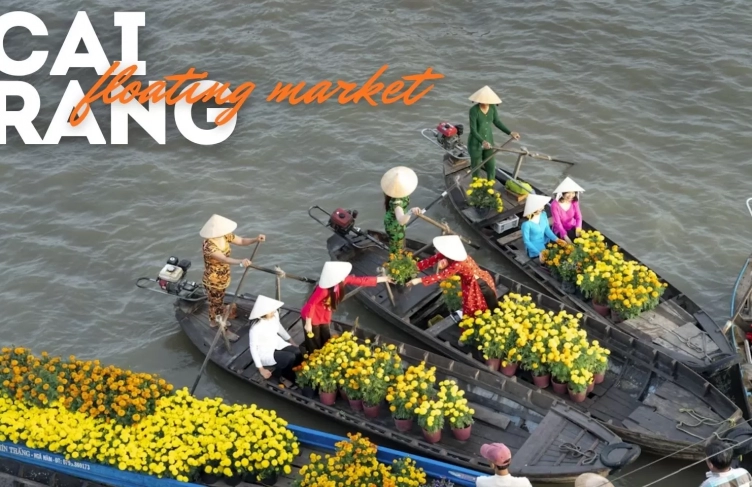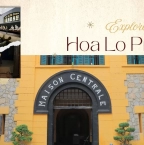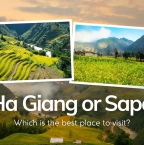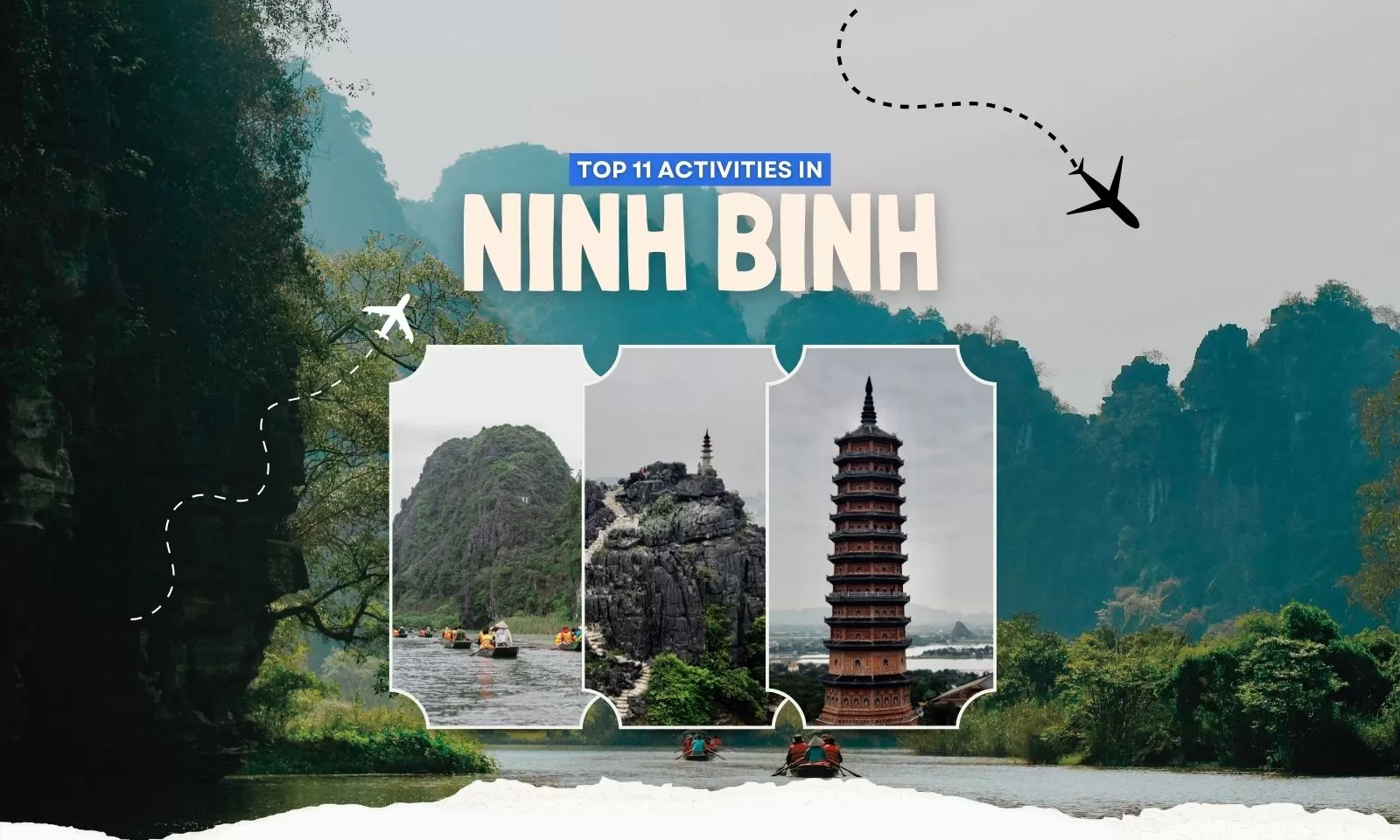
Top 11 Activities In Ninh Binh

| Heard of Ha Long Bay? Then it's time to discover its equally breathtaking sibling: Ninh Binh! Nestled in the southern corner of the Red River Delta Triangle, Ninh Binh is often referred to as "Ha Long Bay on Land" for its stunning karst limestone formations, lush green landscapes and tranquil waterways. While Halong Bay's beauty lies in its seascapes, Ninh Binh offers a mesmerizing blend of natural wonders and cultural treasures, making it a must-visit destination for any traveler exploring Vietnam. |
Table of Contents
Traveling to Ninh Binh: What you need to know
Similarly, while Ha Long Bay is famous for its standing limestones on water, Ninh Binh is often referred to as “Ha Long Bay on land”. This is due to its numerous natural caves, lakes and mountains also above water, enabling the attraction to become one of Vietnam’s proud World Heritages. Some scenes from the movie “Indochine” were filmed here. The quiet and gentle river flows peacefully through a vast expanse of green rice fields and rocky limestone peaks in absolute tranquility.
Things on-trend always go hand in-hand. Follow this ultimate guide to discover about Ninh Binh to plan your trip to both of them!
What to see in Ninh Binh?
Wondering what to see in Ninh Binh? From the majestic Trang An landscape complex and the ancient capital of Hoa Lu to the scenic Tam Coc rice fields, Bich Dong Pagoda, and the panoramic Mua Cave viewpoint, Ninh Binh offers a perfect mix of nature, culture, and history
Tam Coc Site
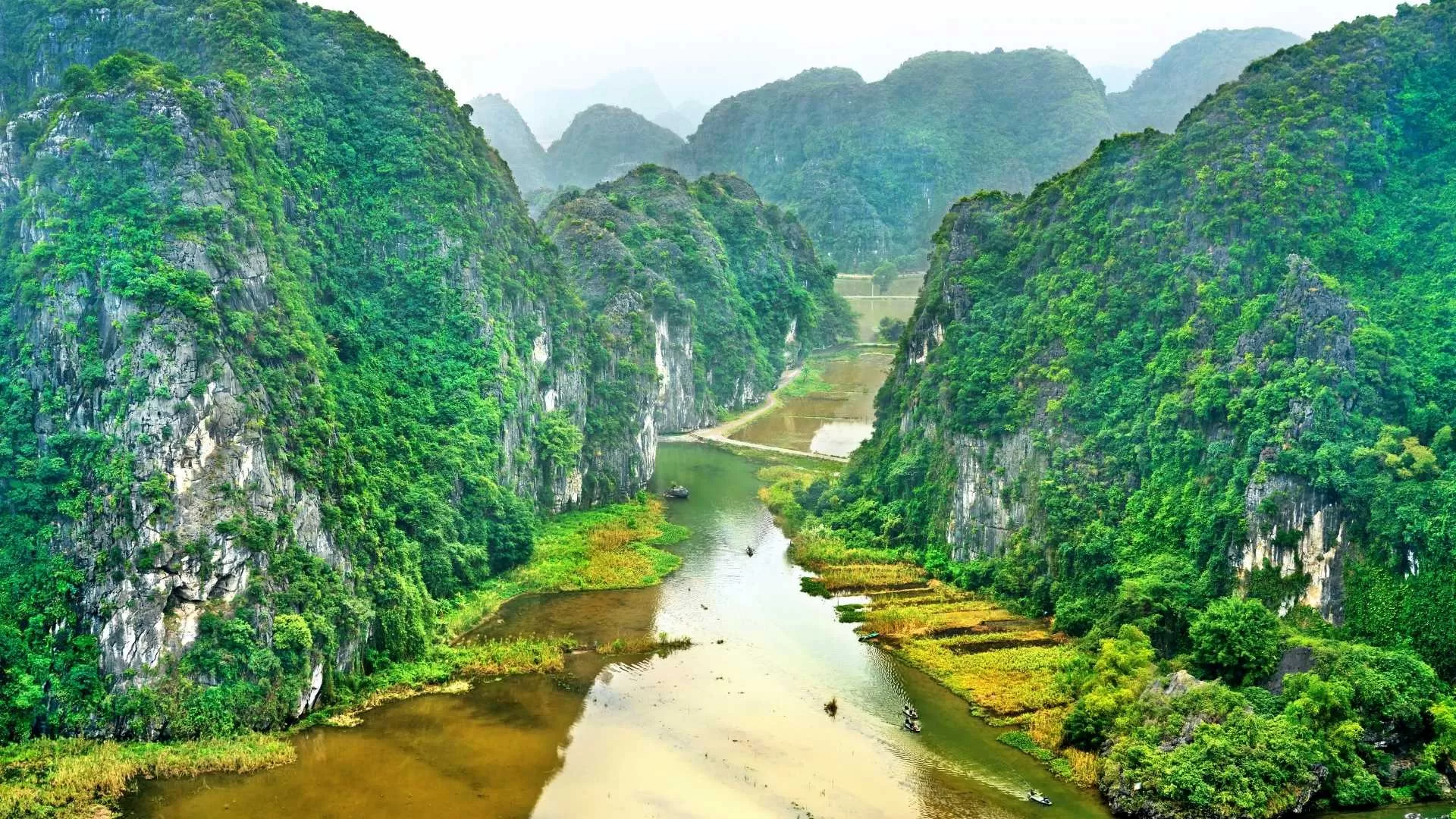
The Tam Coc site, often called the Ninh Binh is located in an exceptional environment. It features stunning landscapes of rocky peaks covered with vegetation emerging from peaceful green rice fields. Many scenes from the movie Indochine were filmed here.
Touristic but authentic, this site is charming and soothing. You will board a small rowboat driven by a woman for a delightful two-hour ride on the Ngo Dong River, enchanting you in this languid and peaceful atmosphere before reaching the Tam Coc caves, known as the “three caves.”
Trang An – UNESCO Site
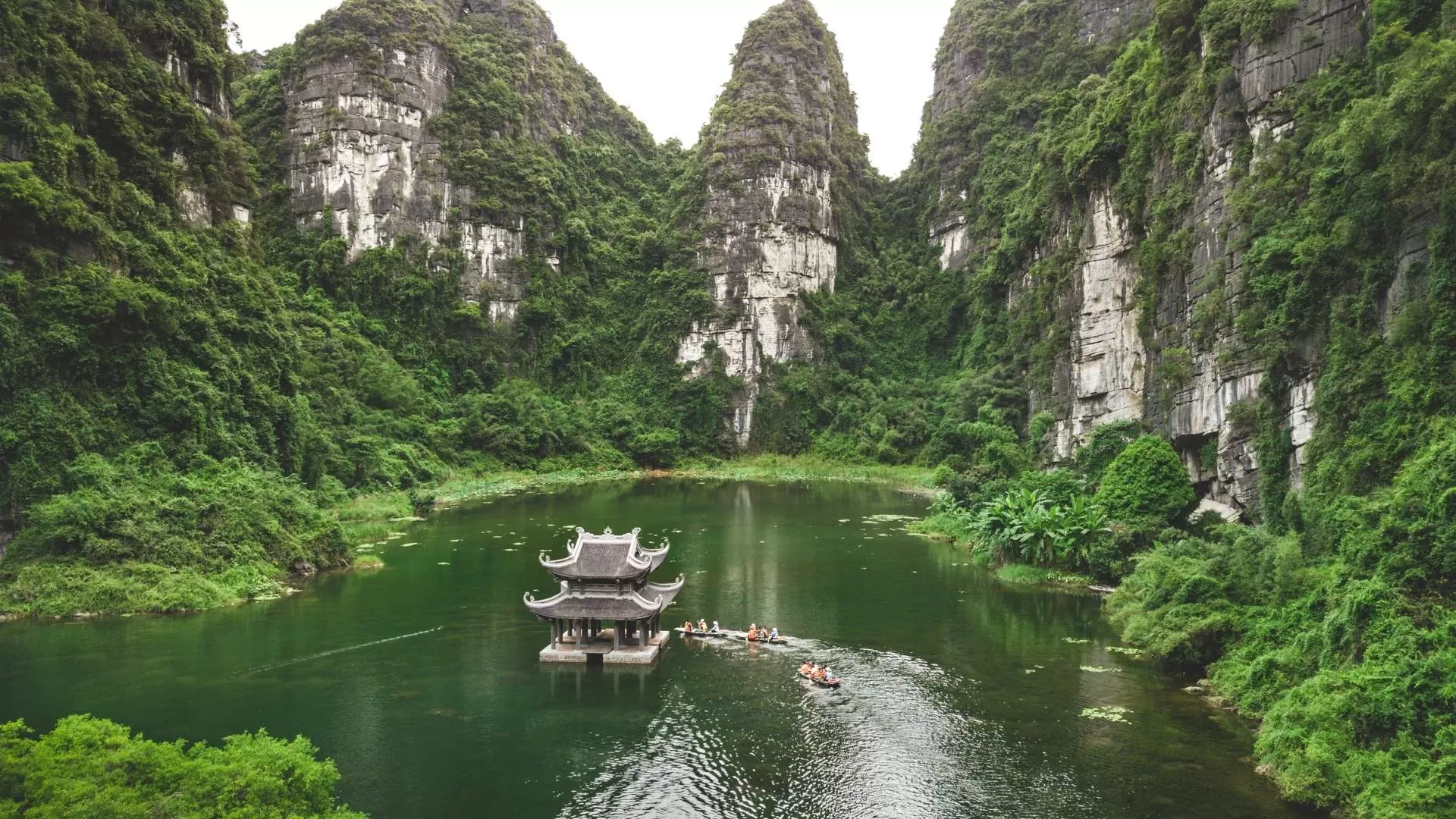
The Trang An site, often referred to as the ‘Land-based Halong Bay,’ is located in an exceptional environment. It features stunning landscapes of rocky peaks covered with vegetation emerging from peaceful green rice fields.
A delightful two-hour boat ride on the river will enchant you in this serene and peaceful atmosphere before leading you to discover the Trang An cave system. The Trang An Landscape Complex features limestone mountains, valleys, and intertwined rivers that create a magical and mysterious space.
Entrance fee:
- 250,000 VND (~$9.5) per person above 1,3m
- 120,000 VND (~4.5) per children under 1,3m
Phat Diem Cathedral
Magnificent and imposing, it is a cathedral of Sino-Vietnamese style, combining the style of Buddhist pagodas and Catholic churches. It is the largest architectural complex dedicated to Catholicism in Vietnam. It was built at the end of the 19th century under the leadership of Father Six, who wished for harmony between Vietnamese and Western cultures.
Entrance fee of Phat Diem Cathedral: free
Hang Mua site
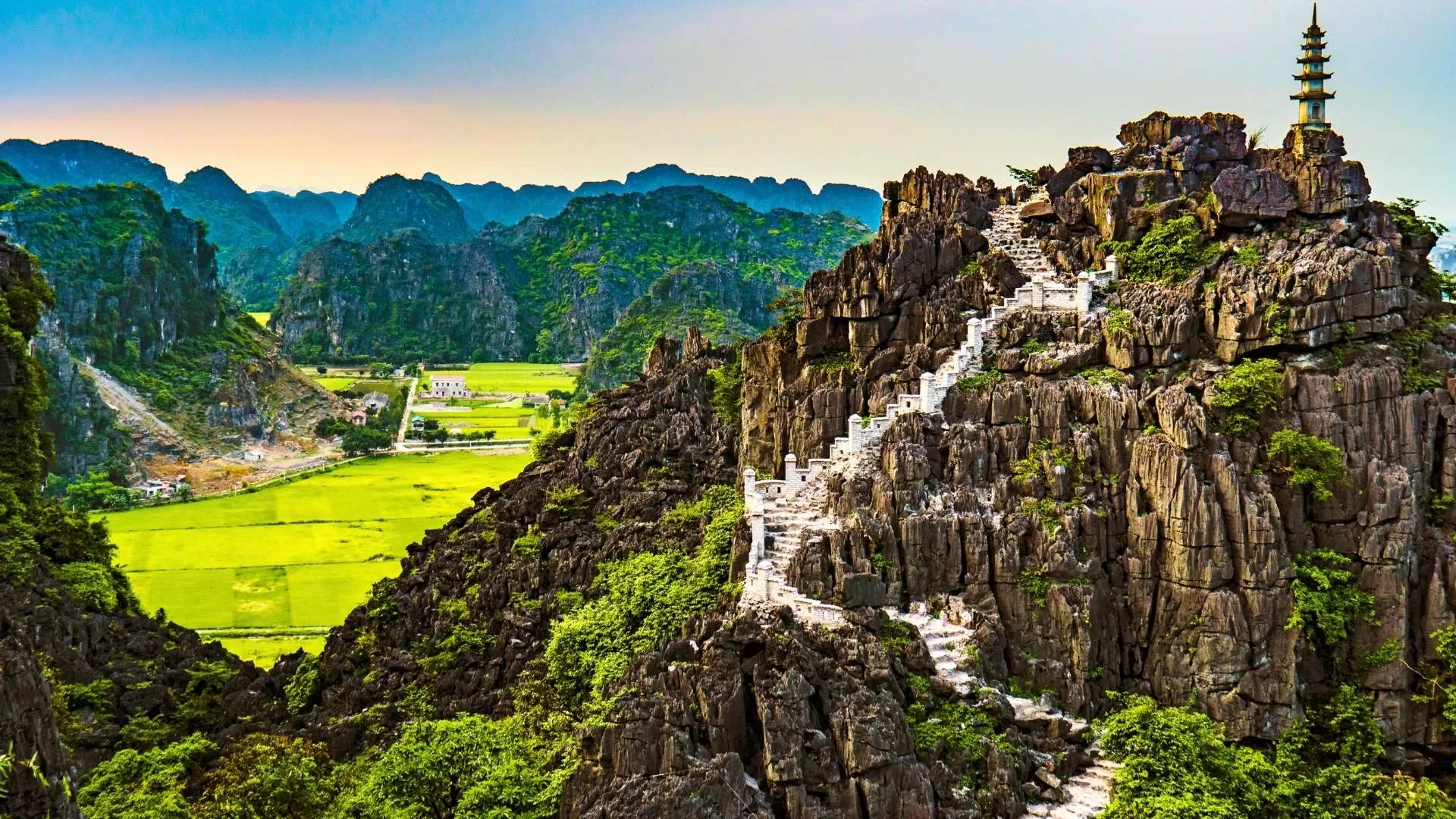
This cave used to be where Tran King came to watch singing, dancing (múa) and entertainment performed by beautiful women. It is located under Mua mountain, which most tourists often climb up after visiting the cave below. Though challenging, 500 steps up the stiff hill will be worth the panoramic view over all of Tam Coc.
Opening hours: Daily from 6:00 AM to 7:00 PM
Entrance fee: about $4 per person (free for children under 1 meter)
For more details: Explore Mua Cave Ninh Binh: Things to do and see
Kenh Ga
The floating village of Kenh Ga, which means “chicken canal.” It features a body of water, a nature reserve in the heart of raw green rice fields, in total serenity amidst a silent universe. Nature, birds, and silent rowers are the images of Kenh Ga.
On a small sampan, you will enter a series of caves and savor this restful walk away from the tourists, discovering the lives of these people who spend their time on the water in a landscape of water bodies, and whose peculiarity is to paddle with their feet!
Cuc Phuong National Park
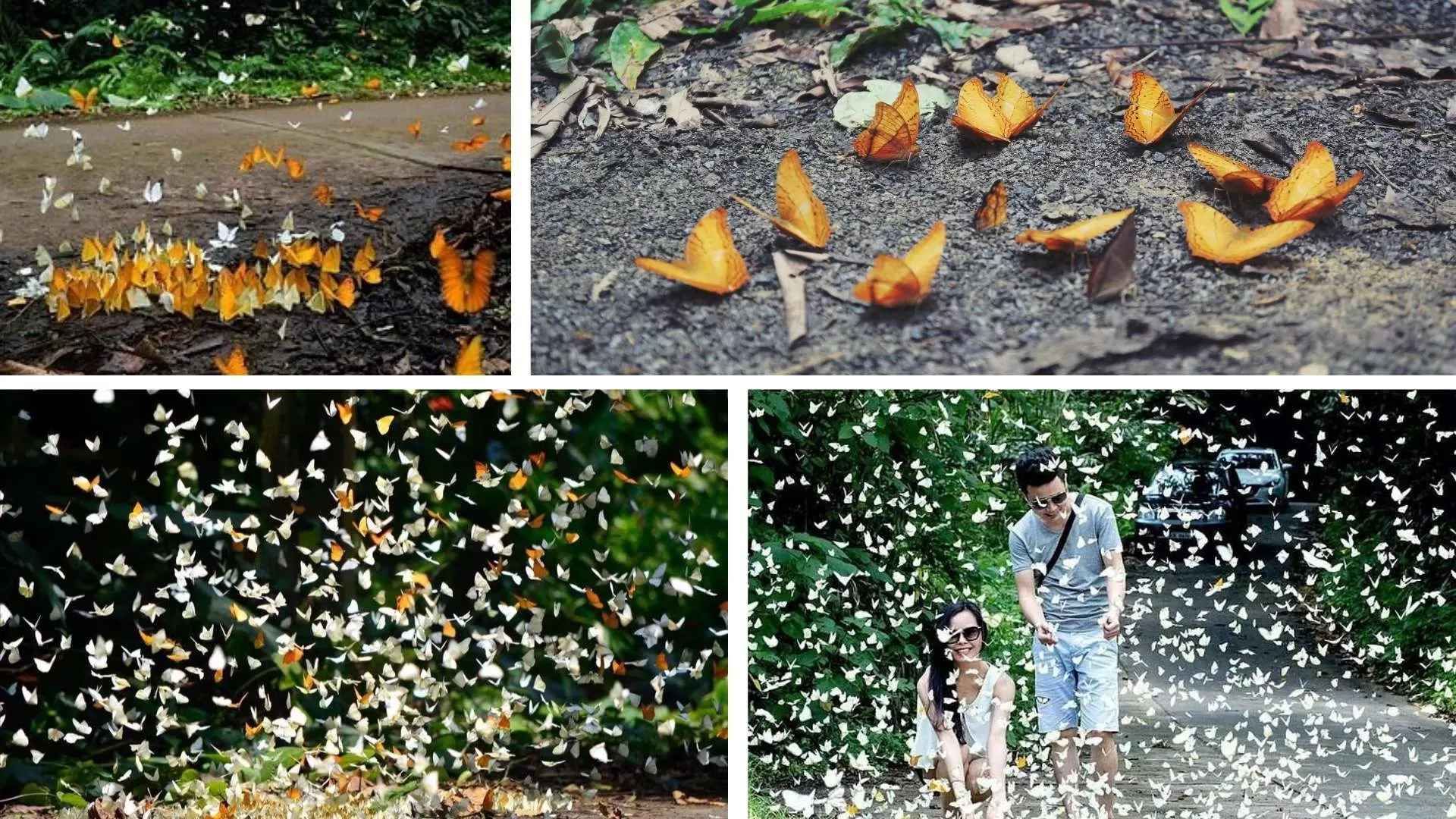
Located in the Ninh Binh province, Cuc Phuong is Vietnam’s first national park and the country’s largest nature reserve, inaugurated in 1963 by President Ho Chi Minh.
It is one of the world’s last remaining primary tropical forests, which explains its astonishing diversity of flora and fauna. Covering 25,000 hectares, it boasts thousands of plant species, a center for the protection of endangered primates, and hot springs at 38°C.
Must-do activities in Cuc Phuong National Park
Guided hike in the park
Visit to the primate rescue center
Hiking to the 70m tall White Seraya millennium tree
Hiking to the prehistoric cave
Some useful information of Cuc Phuong National Park:
Opening hours: daily from 9:30 am to 11:30 am and 1:30 pm to 4:30 pm
Entrance fee: $2.5 per adult, about $1 for children and students
👉 Note: If you want to experience the beauty of Cuc Phuong forest at its best, make sure to visit during the butterfly season from April to May, when millions of butterflies fill the forest with a mesmerizing display.
You can read more: Guide to visiting Cuc Phuong national park
Van Long Wetland Nature Reserve
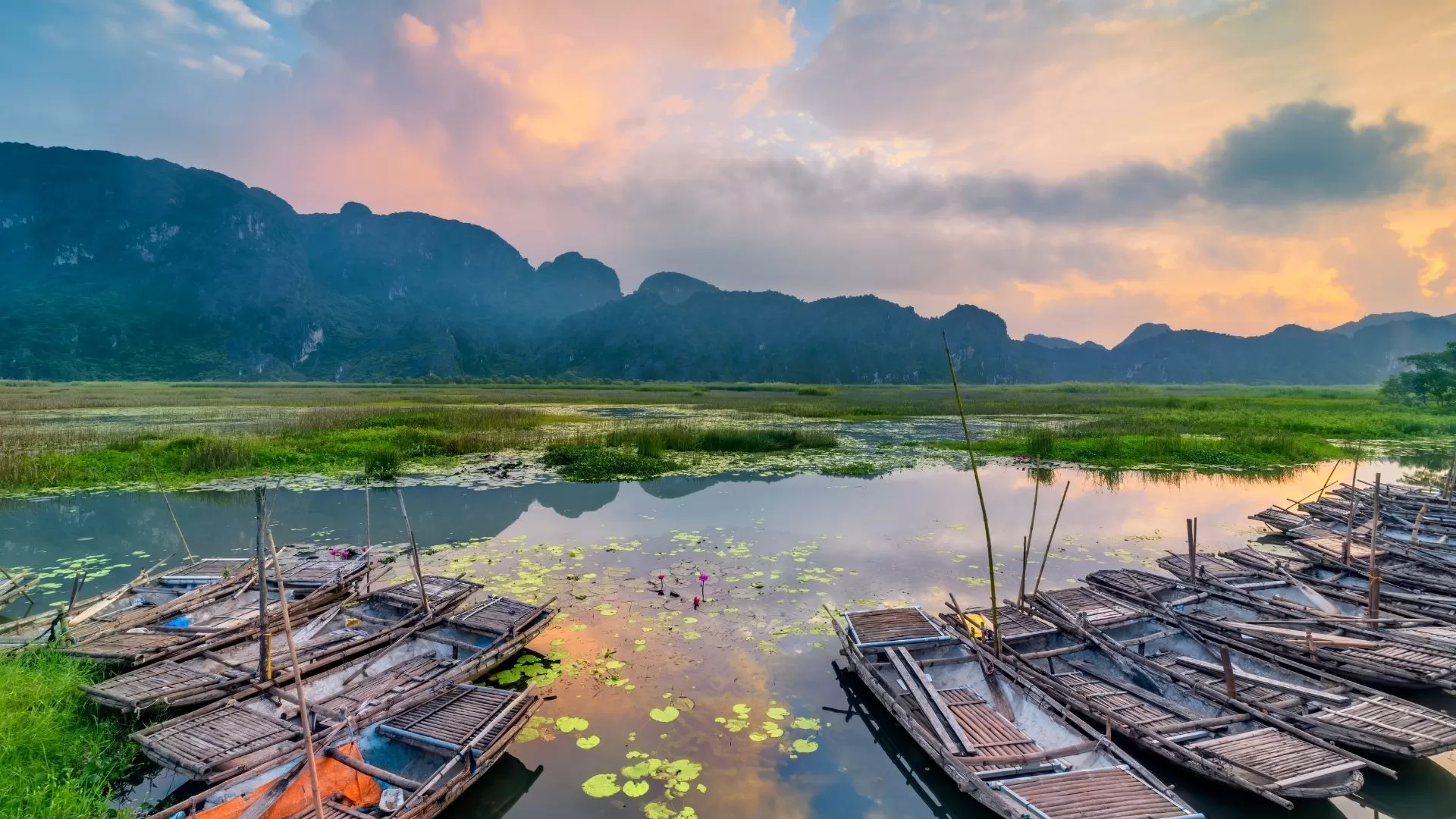
The whole reserve is a splendidly drawn picture by mother nature and is often lovingly called a “waveless bay”. This is due to the fact that when rowing, not even a tiny wave can be spotted.Imagine Van Long with water as clean as can be, green limestone mountains standing against the blue sky stretching to the horizon.
Moreover, this is one of the locations in the world where most of the few packs of Delacour’s langurs still reside (the other areas are also in Northern Vietnam). However, since they often hide away from humans in caves and trees, visitors cannot casually spot them. It is still an interesting fact, nonetheless.
The gigantic Bai Dinh Pagoda

5 km from Hoa Lu, visit the gigantic Bai Dinh Pagoda. In the very typical environment of Hoa Lu, made up of rocky peaks and bodies of water in a countryside of rice fields, is the Bai Dinh complex. It is a complex of Buddhist temples located on the Bai Dinh Mountain overlooking the immense lake valley of Hoa Lu. A succession of temples that one reaches through a series of galleries adorned with gray bronze Buddhas. Hundreds of imposing Buddhas represented in all spiritual positions.
The superb architecture, simplicity avoiding all ostentation, and splendid surroundings make this site a must-see. The pagoda breaks records of gigantism:
The largest in Southeast Asia.
The most original architecture.
The largest number of wooden tablets with Buddhist writings and much more!
You can also refer: Bai Dinh Pagoda Ninh Binh: Complete guide for visitors
Hoa Lu Site
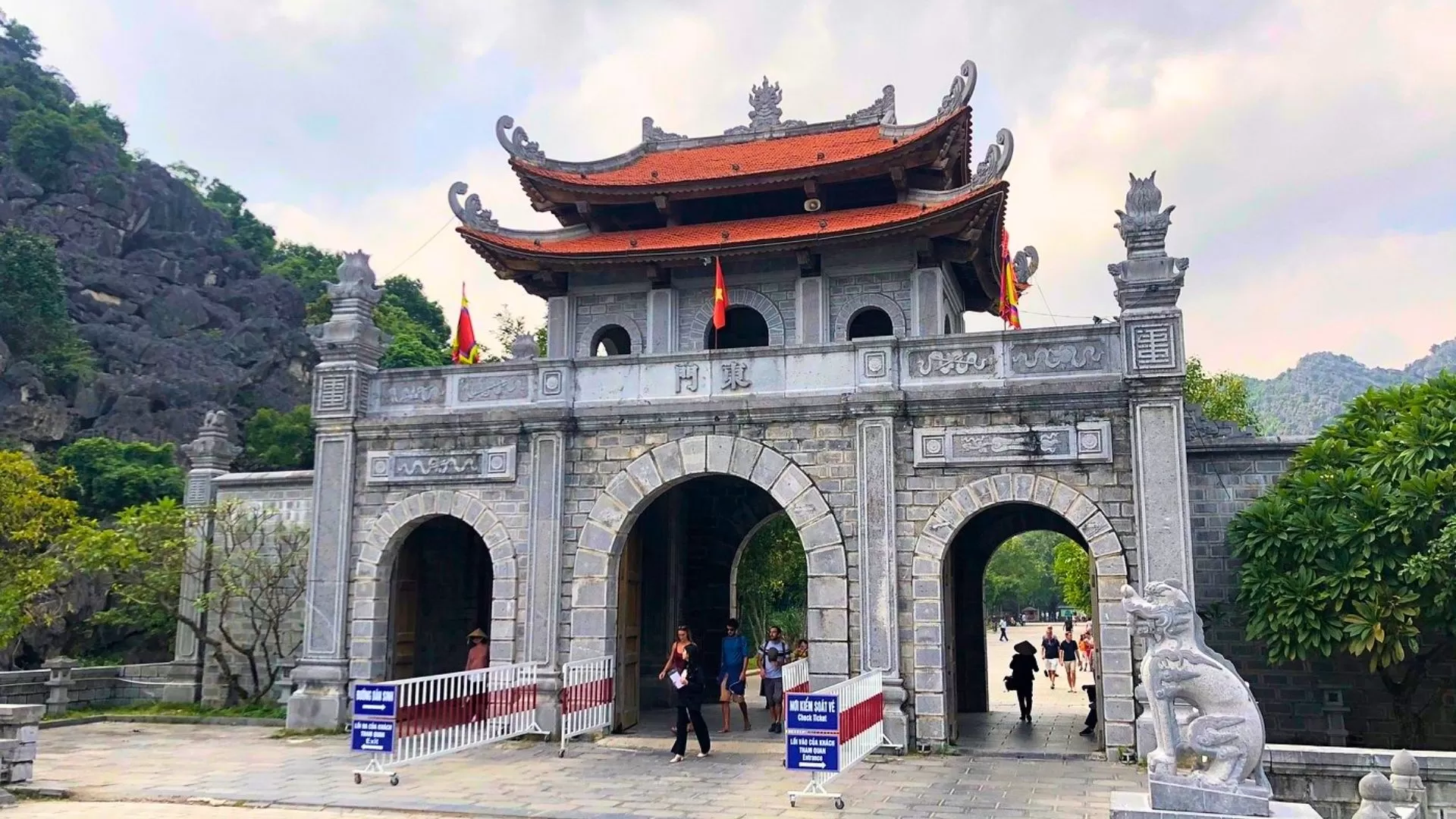
Hoa Lu, the ancient capital of Vietnam in the 10th century, thrived under the Dinh and Le dynasties. Visitors to this historic site can explore well-preserved temples dedicated to these dynasties, offering a glimpse into Vietnam's rich cultural and political heritage.
The area provides a unique opportunity to immerse oneself in the history and architecture of ancient Vietnam while enjoying the scenic beauty of the surrounding landscape.
What to do in Ninh Binh?
Between rocky and green peaks, shimmering rice fields, and idyllic natural settings, there is no shortage of activities in Ninh Binh that connect you with nature. Here is a non-exhaustive list of different activities to do in Ninh Binh.
Boat trip in Tam Coc and Trang An
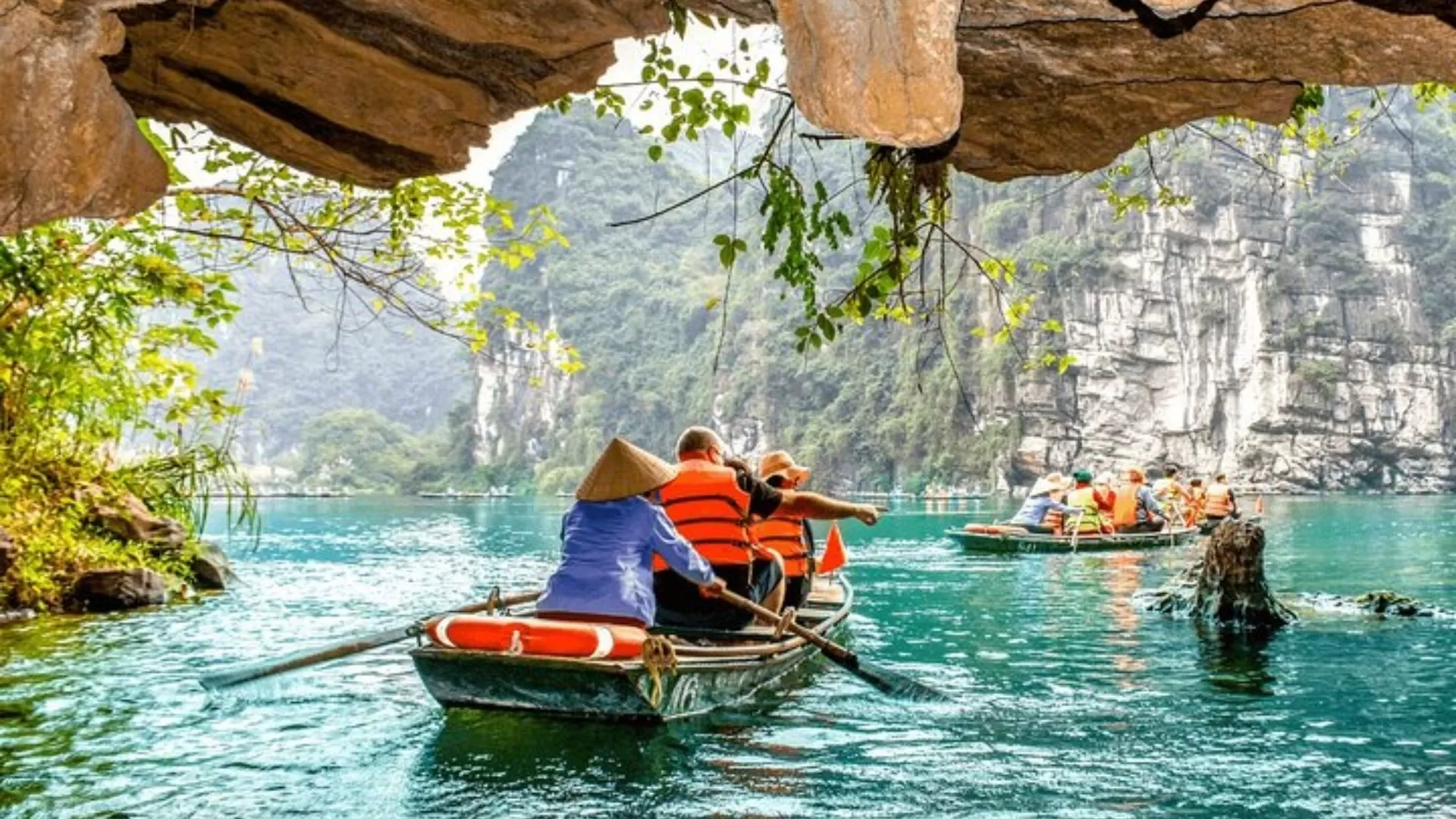
A boat trip in Tam Coc or Trang An is a must when visiting Ninh Binh. Floating through rivers lined with limestone karsts and rice fields, you’ll discover hidden caves and tranquil landscapes.
Tam Coc charms with its peaceful countryside, often called ‘Halong Bay on land,’ while Trang An impresses with larger routes, pagodas, and dramatic scenery. Both offer unforgettable ways to explore Ninh Binh’s natural beauty.
Birdwatching in Thung Nham Bird Sanctuary
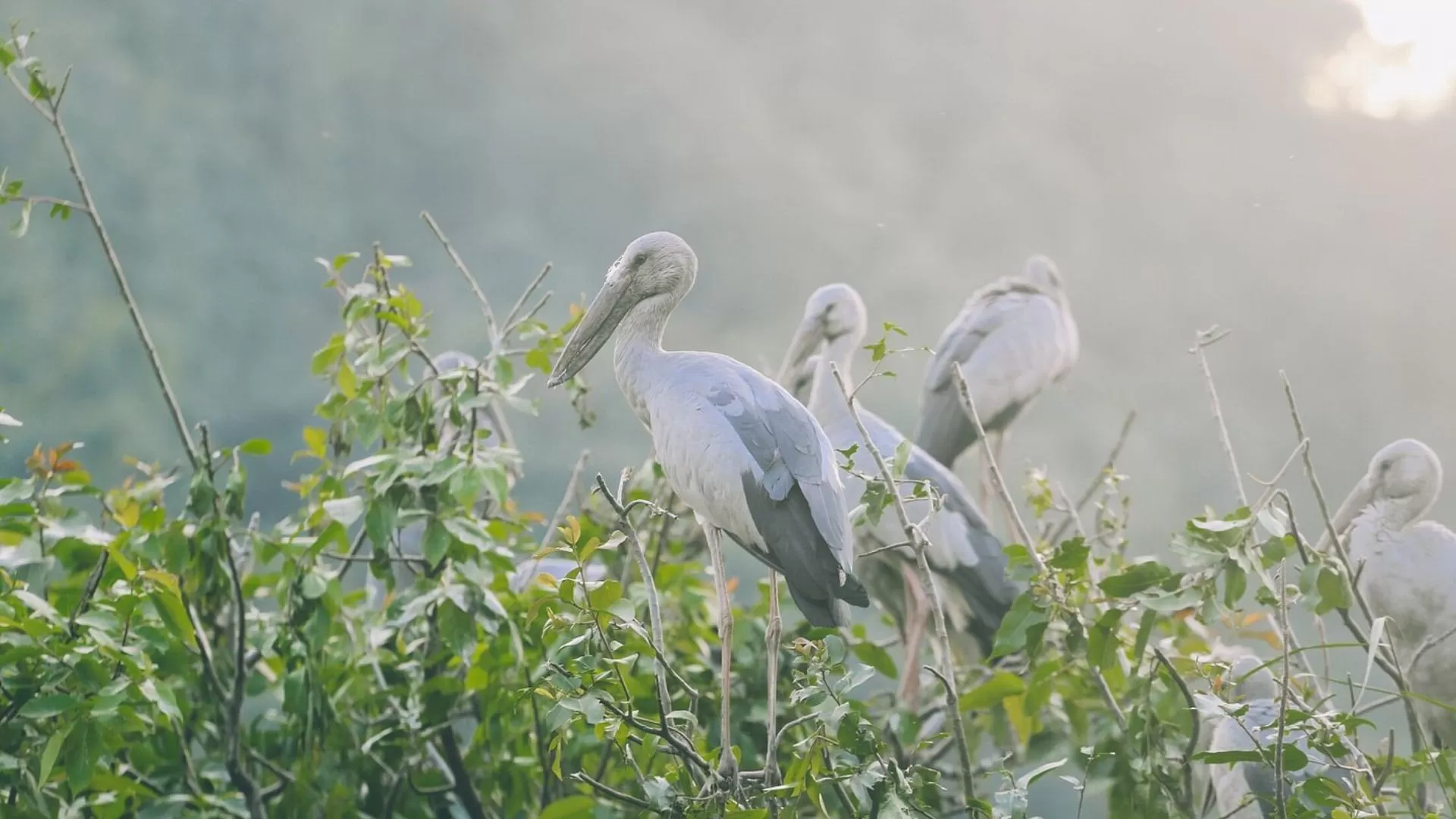 | 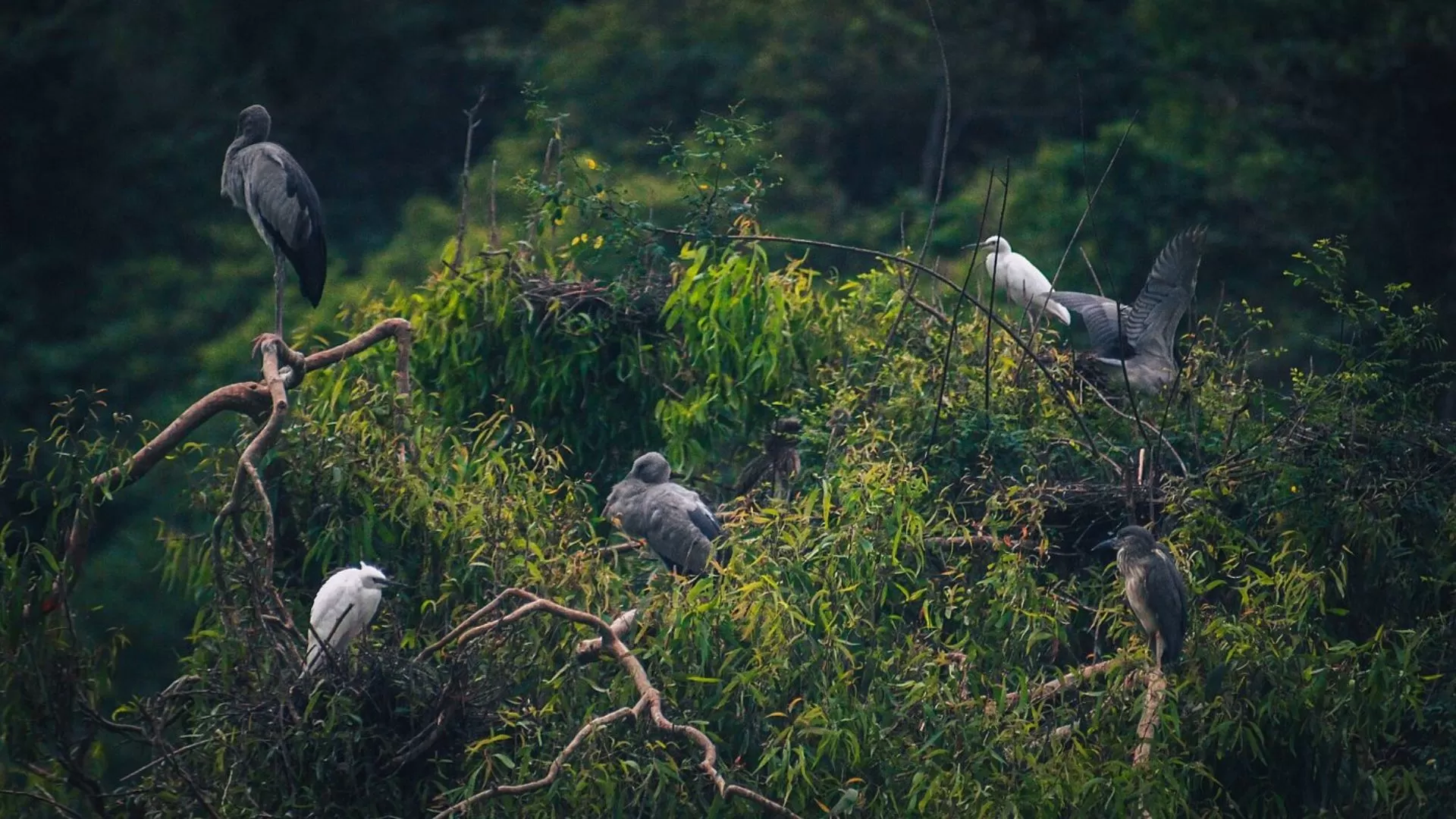 |
Covering an area of more than 300 hectares, Thung Nham is a marvelous destination in harmony between the beauty of karst rocks on transparent waters and caves such as Tien Ca cave, Thuy Cung cave, the Valley of Love, etc.
This reserve is home to 40 bird species such as storks, cauldrons, and two rare birds listed in the Red Book as phoenixes and flamingos. Embark on a small rowboat on the river to observe the birds and landscapes. It is a paradise for photography enthusiasts.
The best time to see the birds: from 4:30 p.m. to 6:00 p.m
Bike rides or hikes in a splendid setting
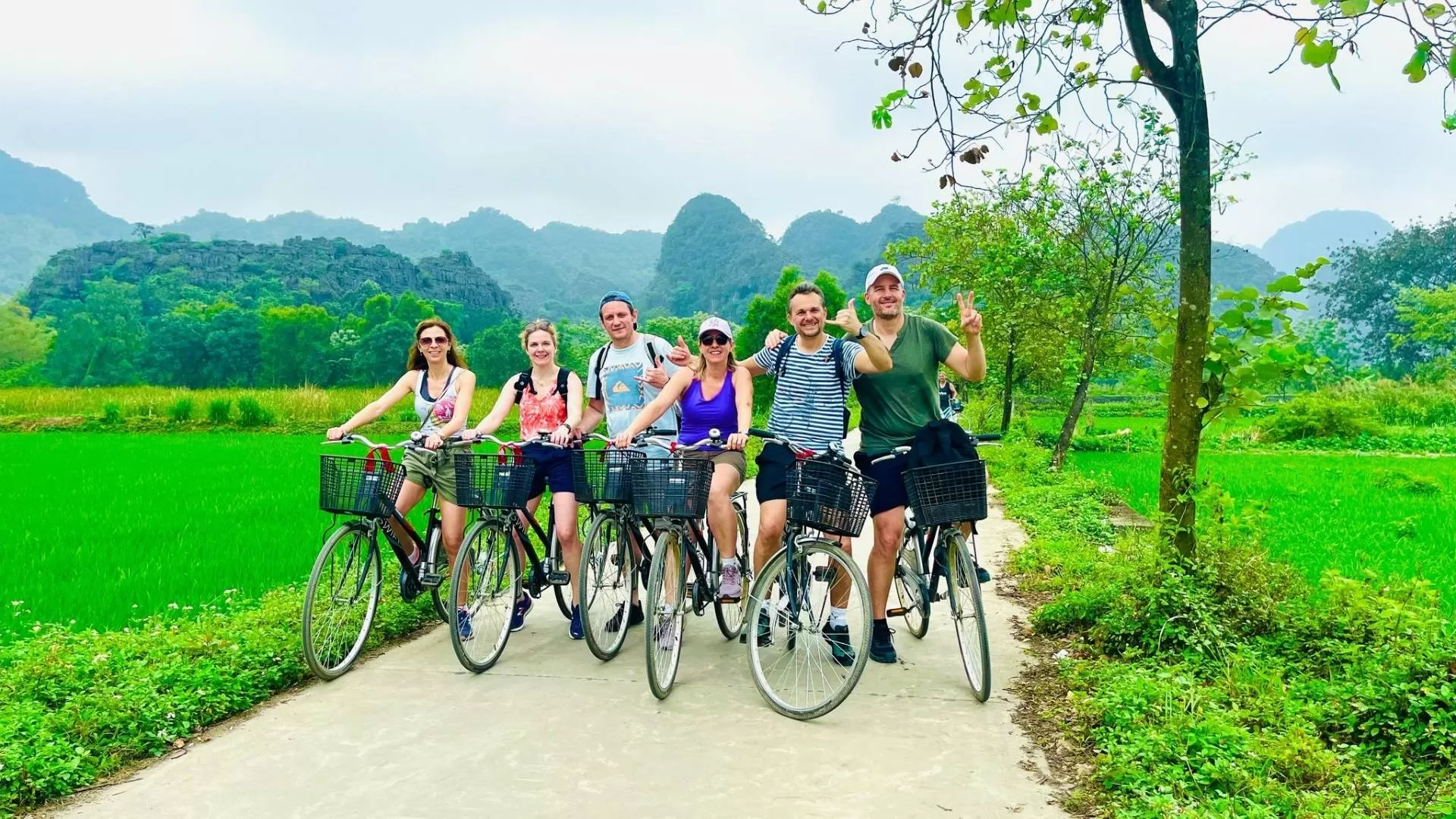
What could be better than pedaling at high speed with family or friends in the middle of a unique setting, between mountain passes, undulating rivers, and sparkling rice fields?
Bicycles are available in many hotels and will allow you to spend a special moment with loved ones. Hiking is also possible: to learn about the different routes, you can get closer to inns and hotels. Most locals will also be happy to help and show you the way!
Hanoi Voyages offers Vietnam tours for the best experience |
For those seeking adventure and tranquility, a Vietnam tour that includes Ninh Binh is the perfect way to immerse yourself in the untouched beauty of Vietnam's highlands.
If you want to explore Ninh Binh on your private tour, Hanoi Voyages also offers tailor-made itineraries to create the perfect trip for you. Contact us now! |
When to visit the Ninh Binh?
The best time to visit Ninh Binh is during the dry season, which lasts from October to April. The monsoon season is in the summer: showers are frequent in the late afternoon. They are appreciated as they are refreshing and welcome!
Wet season: May to September
Dry season: October to March
January-February: minimum 10 to maximum 15° Celsius.
How many days to visit Ninh Binh?
1 day to visit Ninh Binh
As the ancient capital of Vietnam during the 10th century under the Dinh and Le dynasties, visit the dynastic temples of Dinh and Le.
The Tam Coc site, often nicknamed the “Ninh Binh,” is in an exceptional environment.
Visitors can also visit the Trang An Site.
By bike, head towards the Bich Dong Pagoda, climb the stairs carved into the rock to access the pagoda, and enjoy an exceptional view of the entire site.
2 days to visit Ninh Binh
Day 1:
As the ancient capital of Vietnam during the 10th century under the Dinh and Le dynasties, visit the dynastic temples of Dinh and Le.
The Tam Coc site, often nicknamed the “Ninh Binh,” is in an exceptional environment.
By bike, head towards the Bich Dong Pagoda, climb the stairs carved into the rock to access the pagoda, and enjoy an exceptional view of the entire site.
Stay overnight at Hiep’s or at the hotel of your choice.
Day 2:
In the Ninh Binh province, Cuc Phuong is Vietnam’s first national park and the country’s largest nature reserve, inaugurated in 1963 by President Ho Chi Minh.
Continue the day towards Phat Diem Cathedral.
Where to stay in Ninh Binh?
Chez Hiep Homestay
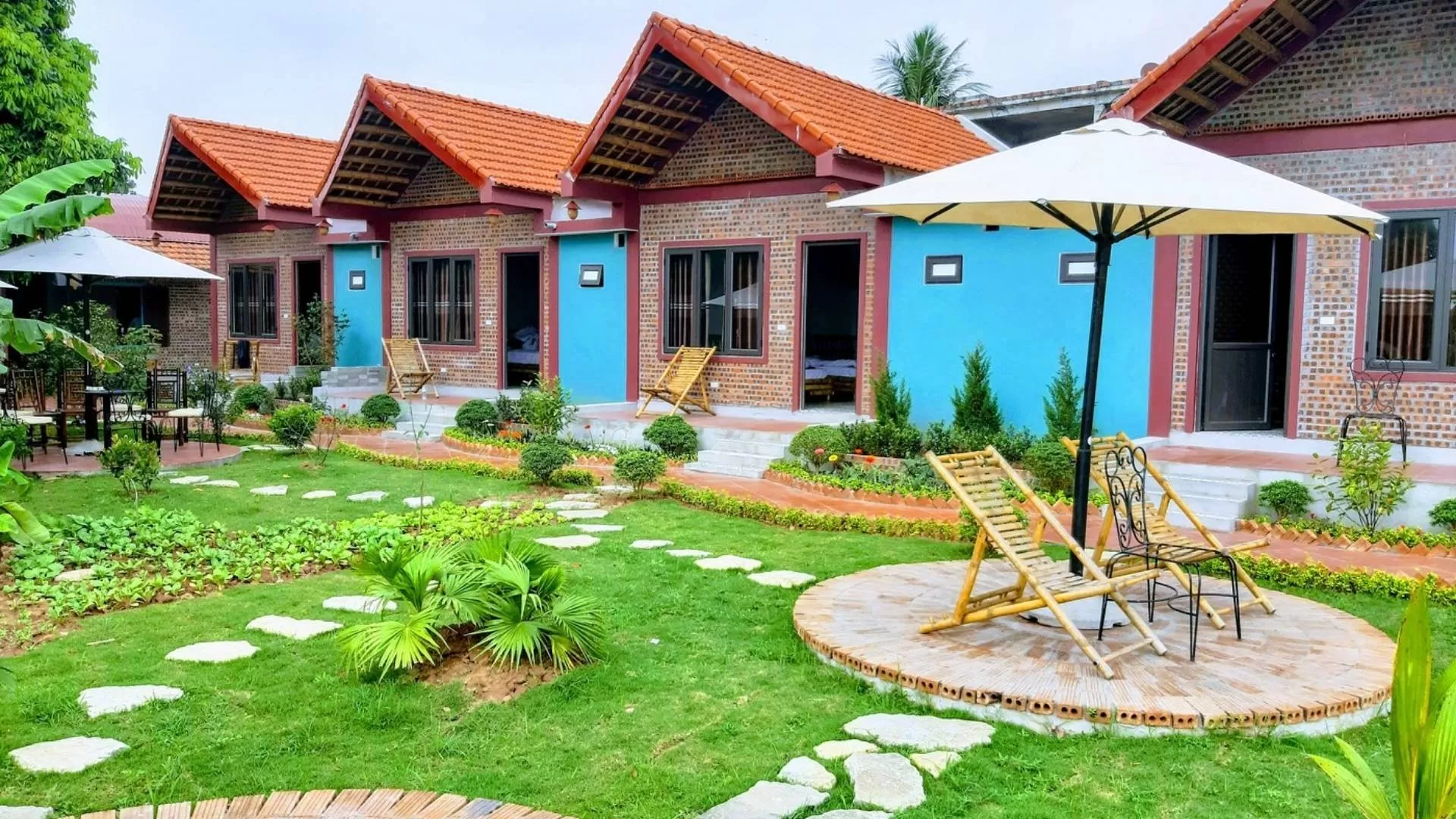
Chez Hiep Homestay offers a cozy and authentic experience, where guests can immerse themselves in the local culture while enjoying warm hospitality and peaceful surroundings.. You will have your private room equipped with a mosquito net.
The comfort is simple but cleanliness is maintained. The bathroom and toilet are inside the room. The owner is a former chef who will be happy to show you his culinary skills and if you wish, you can participate in the dinner preparation.
Ninh Binh Hidden Charm Hotel
Ninh Binh Hidden Charm Hotel & Resort is a true gem nestled in the heart of lush and green vegetation. Not far from Bai Dinh Pagoda, Tam Coc caves, and other iconic places of Halong Bay land, this little paradise will meet your expectations.
Just 30 minutes from the 3 Tam Coc caves and the Pearl Cave, the Superior Emeralda Resort offers beautiful spacious rooms. Surrounded by landscaped gardens, the complex has a spa, 3 swimming pools, and 2 restaurants.
A real cozy cocoon to rest after a long day of walking!
Aravinda Resort Ninh Binh
The Aravinda Resort Ninh Binh is a recent addition to the market, but its visitors cannot stop praising it! The hotel offers free bike rental, an outdoor pool, a garden, a restaurant, a bar, and WIFI throughout the establishment.
With its breathtaking landscapes, cultural treasures, and outdoor adventures, Ninh Binh is truly a must-visit destination in Vietnam. From boat trips through serene waterways to hikes with panoramic views, these top 11 activities in Ninh Binh promise unforgettable memories.
If you’re planning your Vietnam journey and want a seamless, worry-free experience, let Hanoi Voyages craft the perfect itinerary for you. With our tailor-made tours, you’ll not only discover the best of Ninh Binh but also explore Vietnam in comfort and style.
Dream about your trip to Asia, in private
We are here to make it happen with youFREE QUOTE, WITHOUT OBLIGATION

